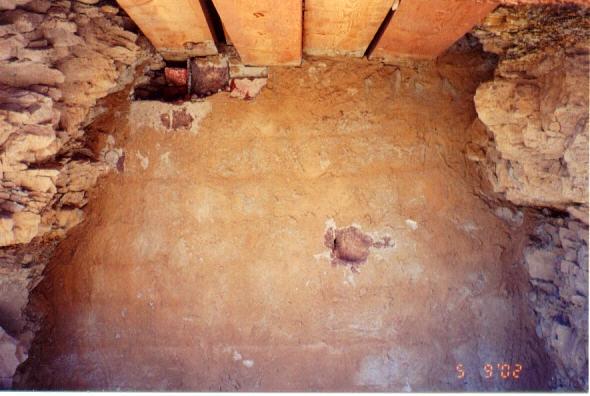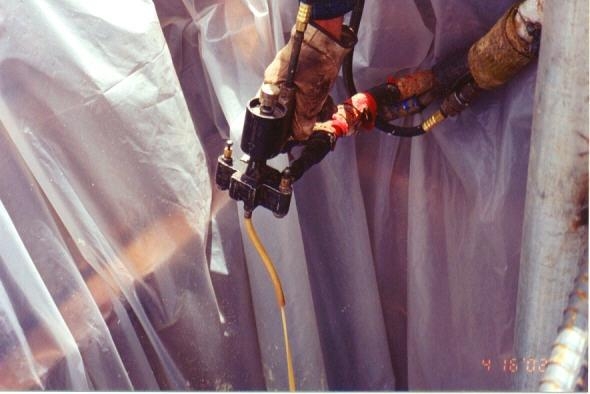Utah
Temple Mountain
Abandoned Mine Reclamation Project
In 2002, the Utah Abandoned Mine Reclamation Program (AMRP) sealed 141 uranium mines in a popular recreation area known as Temple Mountain in Emery County’s San Rafael Swell, about 20 miles north of Hanksville in southeast Utah. The Temple Mountain Project is a showcase example of how mine closures can be compatible with their surroundings. The best reclamation is reclamation that nobody notices, like the recontoured surface mine with natural geomorphic, not laser straight, slopes and channels. It may be engineered, but does not look it. Similarly, the Temple Mountain mine closures are subtle, low key structures that do their job without intruding. That is how SMCRA projects are supposed to be.
Temple Mountain is a spectacular sandstone butte (Figure 1) visible for miles in a popular recreation area and abandoned mines often attract unwary adventurers. At the entrance to the area, next to a dirt road, the BLM has posted a sign (Figure 2) that mentions old mine hazards. The sign is not much of a deterrent, as evidenced by graffiti, litter, fire rings, and even ATV and truck tire tracks inside the mines (Figure 3).
The hazards presented by these abandoned mines are not well understood by most visitors to the area. The high level of visitation helped move this project to the top of the priority list for both the Utah Abandoned Mine Reclamation Program and the BLM. A couple of unusual situations made the construction project especially challenging. On two separate occasions, the crew discovered abandoned explosives and called on the Explosive Ordnance Disposal team from Tooele Army Depot to dispose of them. This is just one example of the many dangers lurking in abandoned mines. Also during construction, vandals attacked heavy equipment and mine closures (Figure 4). Whether the vandalism stemmed from a perceived threat to the environment or someone’s anger at being denied access to explore underground mine workings, it always increases costs and leaves people exposed to risk of injury or even death.
The project used a variety of techniques to close the openings, including the use of polyurethane foam (PUF). PUF can plug shafts with a minimum of disturbance. Since it is applied as a liquid, it is especially well suited for shafts with structural elements such as timbers, cribbing, or headframes—the foam flows around the structures filling nooks and crannies before it hardens (Figure 5). The workers shielded the wood with plastic (Figure 6) to protect it from foam splatters, which are very difficult to remove and would cause a cosmetic problem in the finished closure. The PUF is then capped with a protective layer of concrete and/or rock fill (Figure 7). PUF plugs are installed below grade inside the shaft and are invisible from a short distance (Figure 8).








